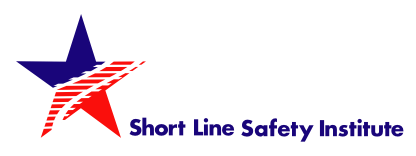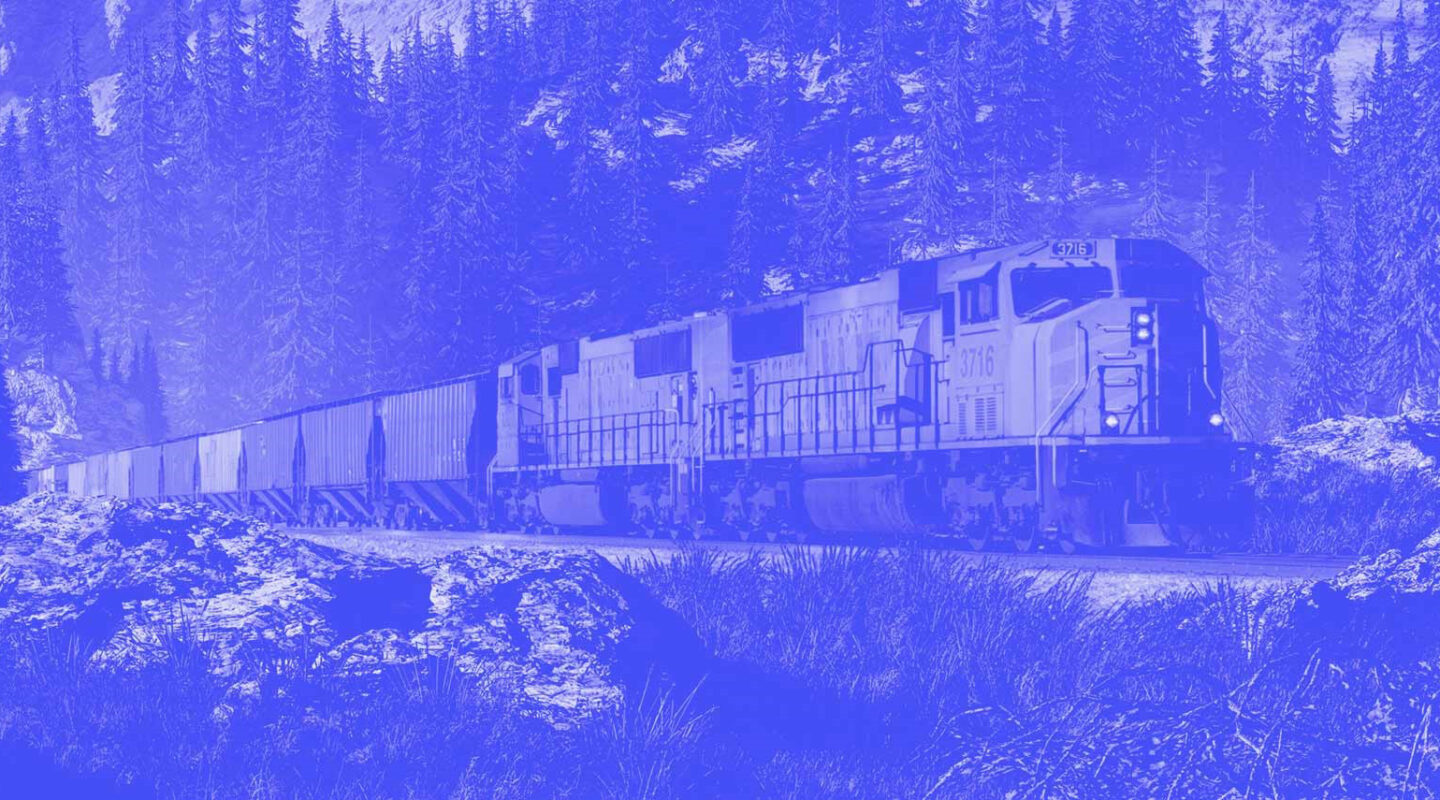It Starts with Culture
Give your team valuable insight into your safety culture! Ensure industry-leading safety behavior, above and beyond baseline compliance, is practiced on your railroad by scheduling a Safety Culture Assessment (SCA).
The SCA is conducted onsite by a team of SLSI professionals and combines an online employee survey, onsite employee interviews, safety documents reviews and field observations.
At the conclusion of the SCA, railroad management will receive an in-depth evaluation of the safety culture on their railroad, reviewed using the Ten Core Elements of a Strong Safety Culture, as adopted by the Department of Transportation’s Safety Council.
In addition, the SLSI team will provide resources and tools to address areas of opportunity on the railroad.
An assessment is:
-
-
- Voluntary
- Non-punitive
- Confidential
- Free of charge
-
Results
Multiple studies published by the Federal Railroad Administration’s Office of Research, Development and Technology show railroads that have completed a SCA and implemented SLSI-provided opportunities have demonstrated safety culture growth. SLSI is committed to continuous review of its assessment process. Results of these studies and other analysis can be found on SLSI’s Research page.
Next Steps
The assessment is the beginning of the journey – take advantage of the Short Line Safety Institute’s 700+ years of railroad safety experience to provide follow up guidance, or technical assistance on a specific challenge.
Technical Assistance
SLSI offers technical assistance to railroads that are looking to implement changes with the goal of strengthening their safety culture. Examples of assistance include activities such as designing a safety action plan, engaging in strategies to improve safety communications, and offering assistance in building the structure and functionality of a safety committee.
SLSI’s industry experts can provide technical assistance, tailored to meet the needs of the requesting railroad, in person or remotely. Contact SLSI to discuss how our team can help you.
Follow-up Assessment
A follow-up assessment may be requested by railroads that participated in an initial Safety Culture Assessment, providing the opportunity to re-examine their safety culture. A follow-up assessment establishes a new baseline for the railroad, identifies improvements made since the original assessment and identifies new opportunities to continue improving the safety culture on the railroad.
If your railroad has already completed an SCA, contact SLSI to schedule a follow-up assessment.
Fill out this form to bring our team of experts to your railroad.
Safety Culture Assessment Request Form
Four Key Railroad Best Practices
Top management visibly supports safety
Training is continuous
Employees are empowered to act safely
No safety shortcuts are allowed
Top to bottom, all are committed to everyone working safely, and having a workplace that is free from accidents.

